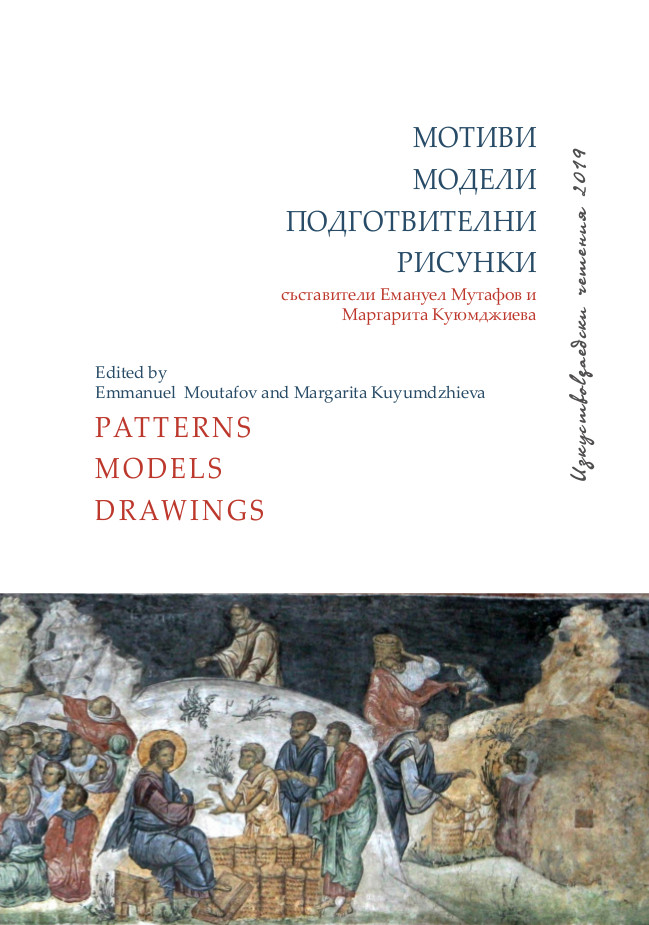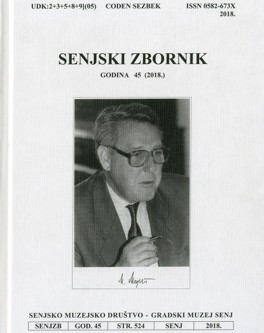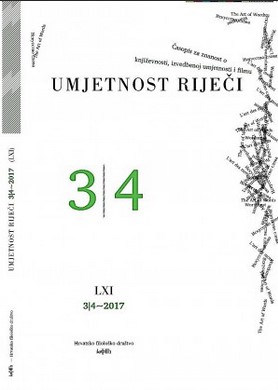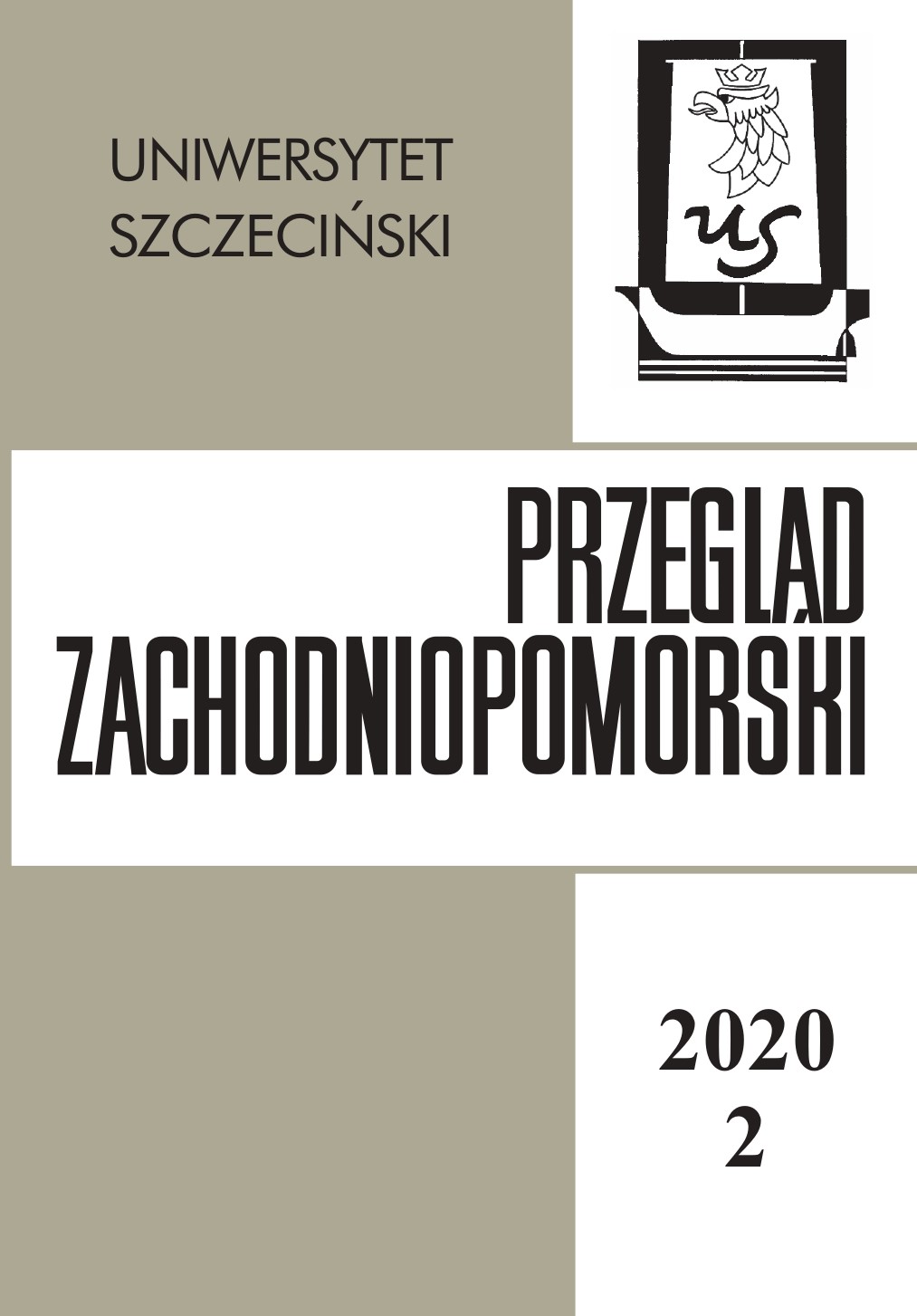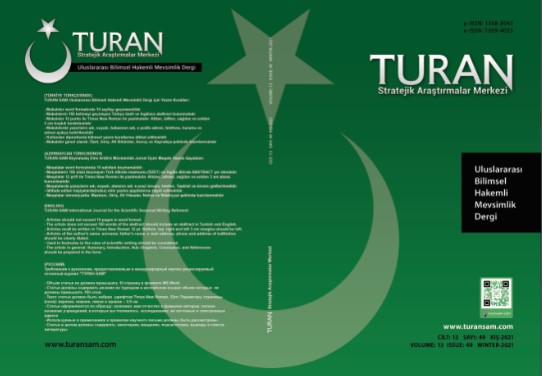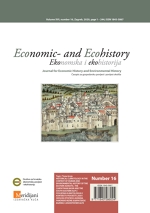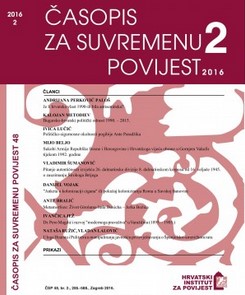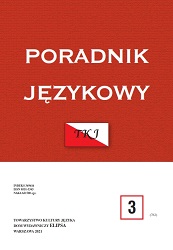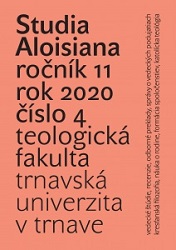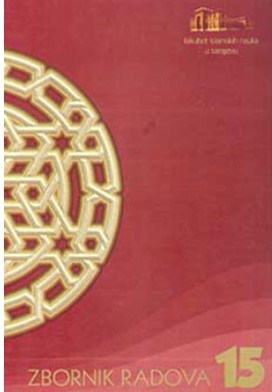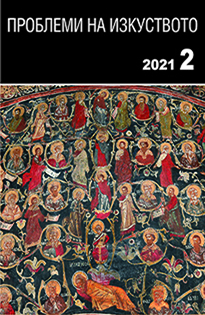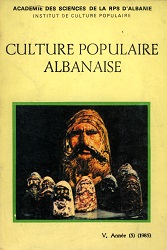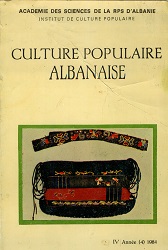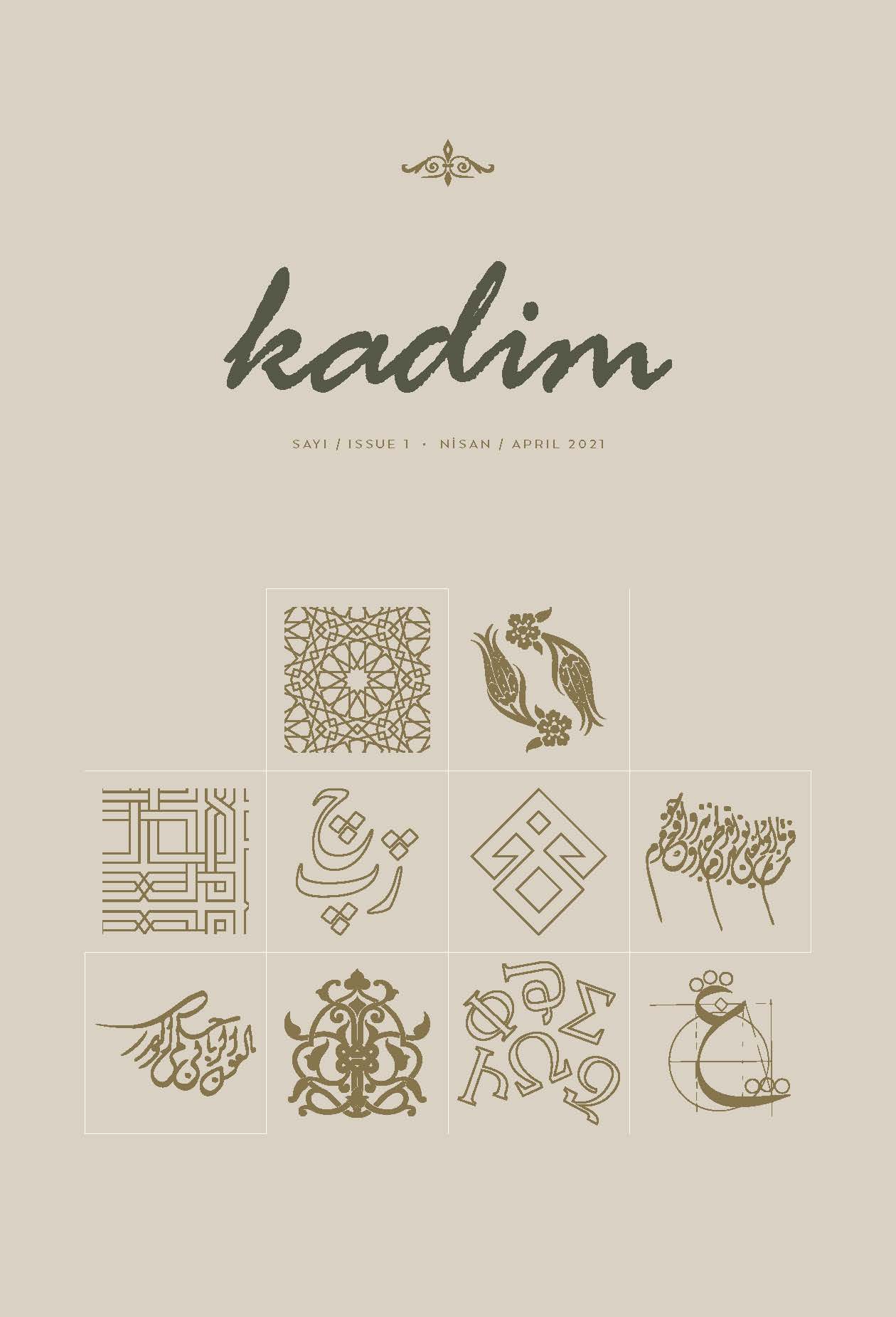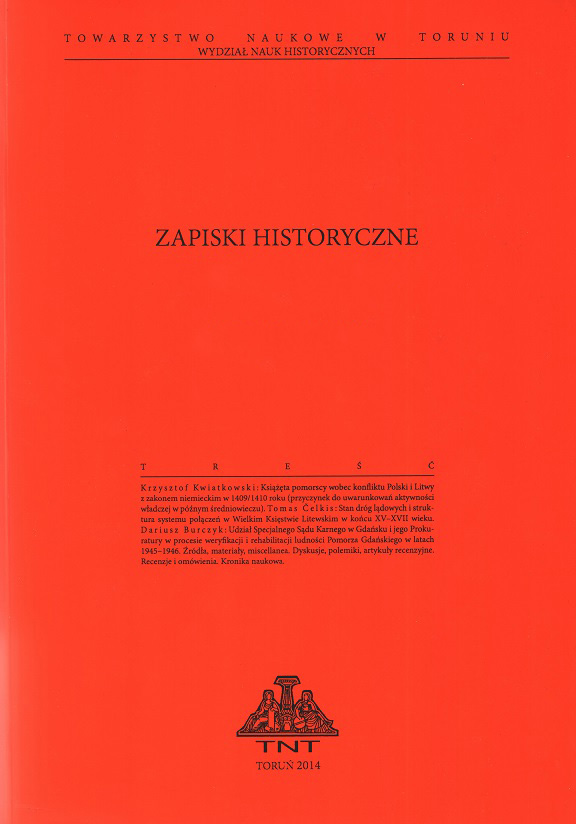
Signs of Urban Identity in Medieval and Early Modern Times
This article presents the issue of urban identity signs based on the example of Cracow’s tricity (Cracow – Kazimierz – Kleparz) and their transformations in the 13th–18th centuries. Analysing preserved heraldic and sigillographic monuments, the author adapted a questionnaire developed by Brigitte Miriam Bedos-Rezak in the Polish research, on the basis of which he distinguished three threads present in the self-presentation of those cities: 1. the ideal city (or self-government and independence of the commune); 2. religious (holy guardians); 3. historical, composed in conjunction with the content of captions of the seals with symbolic ‘portraits’ of municipalities. Originally, in Cracow, at the beginning of the 13th century, both the image of the autonomous commune (the gatehouse, the tower house of the Vogt), along with the statues of saint guardians (St. Wenceslaus and St. Stanislaus) and historical reminiscences (the founder’s coat of arms) were used. With time, these references were limited to the signum of the commune in the form of a gate and the state’s coat of arms accompanying it as a reference to the city’s having been the capital of the state. In Kazimierz, however, only the historical thread of the king-founder was exposed (the emblems of the ruler: the K monogram and the crowned royal head), although it is not entirely certain whether in the late modern period it was understood exactly in this way in the city. On the other hand, in Kleparz only a religious thread was represented – the saint patron (St. Florian) who stood guard over the city. Each of these signs, or sets of signs, grew out of their own local tradition; that is why, it is difficult to treat them as a homogeneous group.
More...
